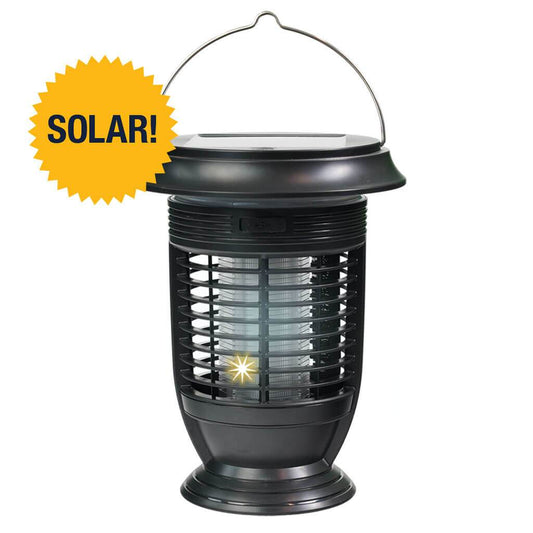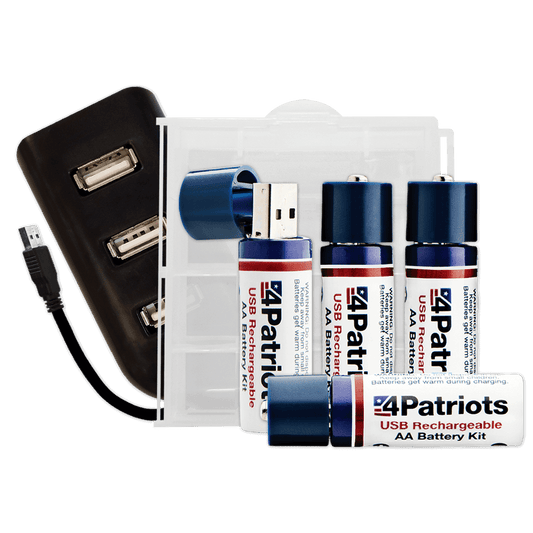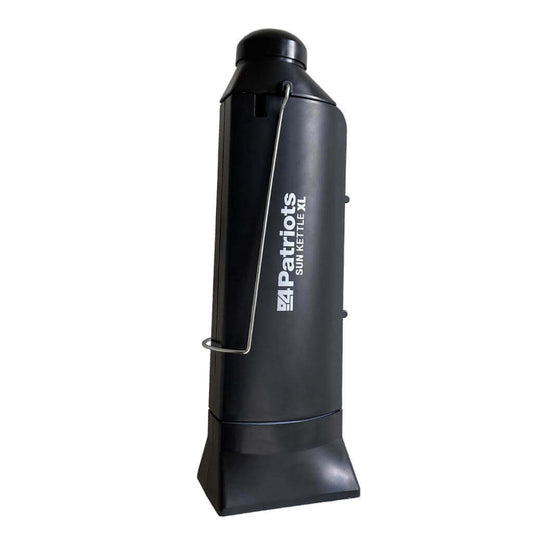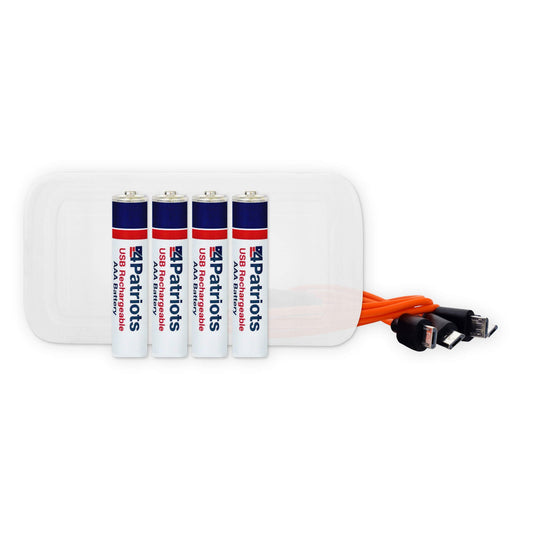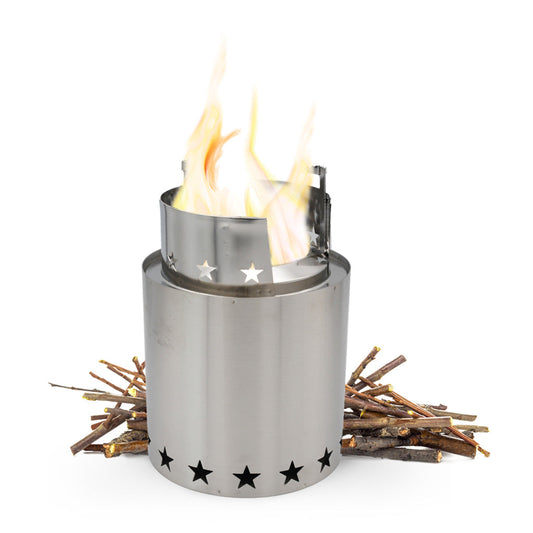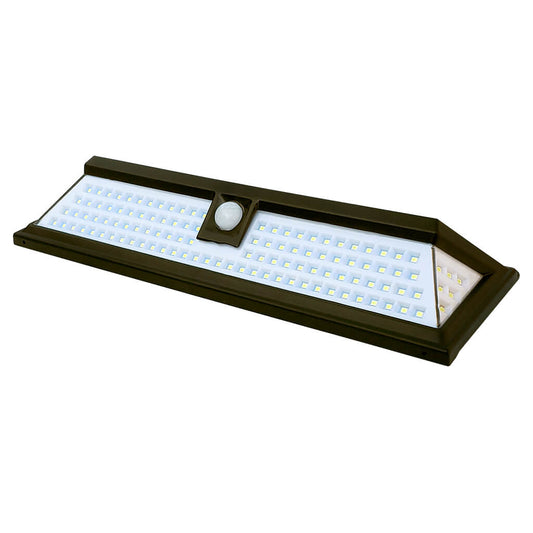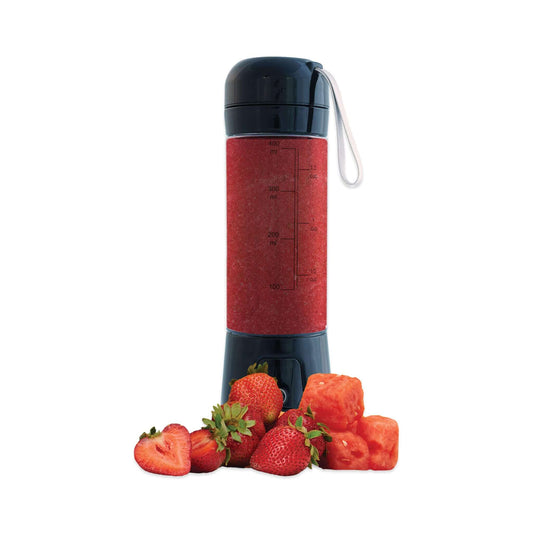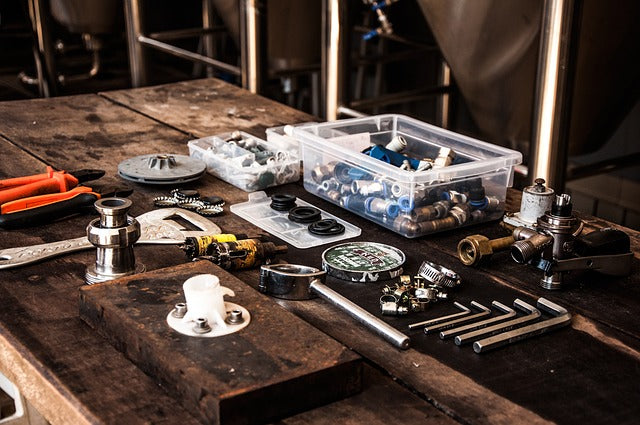
Survival Hacks From MacGyver

Through the decades, a number of nouns have taken on the persona of verbs. You know what I mean, right?
When we were young, nobody said, “Let’s party.” A “party” was something you went to. Not something you did.
Most of us don’t use bookmarks anymore, but we do bookmark things on our computers. Bosses don’t give us tasks anymore; they task us with something. And, of course, now we Google people to find out more about them.
There’s actually a word for this phenomena. It’s called “verbification.” So, naturally, people are now saying they have “verbified” a word.
McGyver gets verbified
Now, you know you’ve made it in life when your name becomes a verb. And not just in slang usage, but actually in the Oxford English Dictionary.
Such is the case with Angus MacGyver. The star of the TV series named after him, he is an unconventional hero.
Instead of always using guns or other weapons to fight bad guys, he is known for building improvised solutions to problems using only materials he has at hand.
An inspiring do-it-yourselfer, he impressed so many viewers that eventually people starting saying they were going to macgyver something.
The name will live on
Making this whole noun-verb thing even more interesting is the fact that Angus MacGyver doesn’t really exist.
He is a fictional character originally portrayed by Richard Dean Anderson and currently by Lucas Till.
Like all TV shows, eventually MacGyver will run its course and only be available in reruns.
But perhaps the verb macgyver will live on. After all, this non-violent problem solver has shown many viewers unique ways of getting things done. Let’s take a look at some of them.
Constructing a gas mask
The next time you want to render your enemies unconscious with gas, make sure you have a soda bottle handy.
That and some wet newspaper were all MacGyver needed to accomplish the task of protecting his lungs while his foes passed out.
Just cut a plastic soda bottle to fit your face, leaving a small opening for breathing. Shove wet newspaper into the opening so gas doesn’t get through.
This method will work for some but not all gases, so choose your weapon carefully. For example, it will not protect against pepper spray or tear gas.
Starting a fire
Even if you have a fire starter when you’re lost in the wilderness, your efforts could be spoiled by damp wood.
That’s the situation MacGvyer faced in an episode after crash-landing in the woods. He solved his dilemma by slicing sap from a pine tree trunk and sprinkling it over his kindling.
Say what? Yep, pine sap is highly flammable. If you build a cone of wood, place a bunch of pine sap into it and light it. You’ll have a fire.
Be careful not to use too much sap, though, or you may have more fire than what you intended.
Making a laser microphone
Would you like to listen in on a neighbor’s conversation while they’re in their house? Here’s how to do it.
Aim a beam so that it bounces off the window of the room they’re in and returns to hit a light-sensitive photocell wired to a speaker. It could translate the window’s vibrations back into sound waves.
When MacGyver was doing this, he got his laser from a CD player and his photocell from a solar light. To keep his laser steady, he used chewing gum to adhere it to a car.
In real life, the device might not be sensitive enough. You’d probably want to add an audio amplifier to the process.
Designing a sky spy
When you’re squaring off with enemies on the ground, it’s difficult to get a true picture of where everyone and everything is. A bird’s eye view would be much preferable. That’s what MacGyver got after constructing a makeshift hot-air balloon.
He suspended an aluminum foil platform from a dry cleaning bag with a wire hanger. He then attached a cellphone to the bottom of the platform for live-stream video of the ground below. He also placed a can of Sterno on top.
After he lit the flame, the bag filled with hot air and starting floating up. This allowed the phone to serve as an airborne camera.
As a concept, this works. But the show’s technical consultant admitted that in reality the weight of the phone and fuel would be too much. According to Popular Science magazine, replacing the Sterno can with jellied alcohol could make it work.
Don’t count on foam in a free fall
Several of these MacGyver hacks are clearly unsafe to try at home. Or anywhere else, for that matter. But none are as dangerous as one MacGyver did in one episode.
He jumped out of a fourth-story window in a body bag filled with fire extinguisher foam to cushion his fall.
The show’s technical consultant said that surviving such a fall would require precise timing and luck.
Otherwise, the more likely result would be death, destruction and dismemberment. Probably not something you want to take a chance with.
More ways to MacGyver stuff
Other ways MacGyver used his wits and materials he could find to save the day are below. Search online to find out more details if you’re interested.
- Constructing infrared-detecting glasses with a camera’s infrared filter, a microscope screen and an LED light array
- Repairing blown fuses with chewing gum wrapper
- Stalling a car by placing a potato in the tailpipe
- Removing a stripped screw with a rubber band
- Using a bobby pin to open locks, handcuffs, etc.
Featured Products
- Regular price
- From $799
- Regular price
-
- Sale price
- From $799
- Unit price
- per
- Regular price
- $249
- Regular price
-
- Sale price
- $249
- Unit price
- per
- Regular price
- $2,497
- Regular price
-
$3,194 - Sale price
- $2,497
- Unit price
- per
- Regular price
- $2,499
- Regular price
-
$2,994 - Sale price
- $2,499
- Unit price
- per
- Regular price
- From $29.95
- Regular price
-
$119.80 - Sale price
- From $29.95
- Unit price
- per
- Regular price
- $2,499
- Regular price
-
- Sale price
- $2,499
- Unit price
- per
- Regular price
- $499
- Regular price
-
- Sale price
- $499
- Unit price
- per
- Regular price
- $29
- Regular price
-
- Sale price
- $29
- Unit price
- per
- Regular price
- $2,796
- Regular price
-
- Sale price
- $2,796
- Unit price
- per
- Regular price
- $29.95
- Regular price
-
- Sale price
- $29.95
- Unit price
- per
- Regular price
- $97
- Regular price
-
- Sale price
- $97
- Unit price
- per
- Regular price
- $4,999
- Regular price
-
- Sale price
- $4,999
- Unit price
- per
- Regular price
- $49.95
- Regular price
-
- Sale price
- $49.95
- Unit price
- per
- Regular price
- From $69
- Regular price
-
- Sale price
- From $69
- Unit price
- per
- Regular price
- $201
- Regular price
-
- Sale price
- $201
- Unit price
- per
- Regular price
- From $90.97
- Regular price
-
$129.95 - Sale price
- From $90.97
- Unit price
- per
- Regular price
- $999
- Regular price
-
- Sale price
- $999
- Unit price
- per
- Regular price
- $29.95
- Regular price
-
- Sale price
- $29.95
- Unit price
- per
- Regular price
- From $29.50
- Regular price
-
$30.99 - Sale price
- From $29.50
- Unit price
- per
- Regular price
- $129
- Regular price
-
- Sale price
- $129
- Unit price
- per
- Regular price
- From $27
- Regular price
-
$399.80 - Sale price
- From $27
- Unit price
- per
- Regular price
- $3,494
- Regular price
-
- Sale price
- $3,494
- Unit price
- per
- Regular price
- From $199
- Regular price
-
$205.50 - Sale price
- From $199
- Unit price
- per
- Regular price
- $99.95
- Regular price
-
- Sale price
- $99.95
- Unit price
- per
- Regular price
- $29.95
- Regular price
-
- Sale price
- $29.95
- Unit price
- per
- Regular price
- $8.99
- Regular price
-
$29.95 - Sale price
- $8.99
- Unit price
- per
- Regular price
- $99.95
- Regular price
-
- Sale price
- $99.95
- Unit price
- per
- Regular price
- $29.95
- Regular price
-
- Sale price
- $29.95
- Unit price
- per
- Regular price
- $59.95
- Regular price
-
- Sale price
- $59.95
- Unit price
- per
- Regular price
- $11.98
- Regular price
-
$29.95 - Sale price
- $11.98
- Unit price
- per
- Regular price
- $44.95
- Regular price
-
$44.95 - Sale price
- $44.95
- Unit price
- per
- Regular price
- $24.95
- Regular price
-
$49.95 - Sale price
- $24.95
- Unit price
- per
- Regular price
- $114.95
- Regular price
-
- Sale price
- $114.95
- Unit price
- per
- Regular price
- $189
- Regular price
-
- Sale price
- $189
- Unit price
- per
- Regular price
- $499
- Regular price
-
- Sale price
- $499
- Unit price
- per
- Regular price
- $59.95
- Regular price
-
- Sale price
- $59.95
- Unit price
- per
- Regular price
- $39.95
- Regular price
-
- Sale price
- $39.95
- Unit price
- per
- Regular price
- $59.95
- Regular price
-
- Sale price
- $59.95
- Unit price
- per
- Regular price
- $19.95
- Regular price
-
- Sale price
- $19.95
- Unit price
- per
- Regular price
- $99.95
- Regular price
-
- Sale price
- $99.95
- Unit price
- per
- Regular price
- $69
- Regular price
-
- Sale price
- $69
- Unit price
- per
- Regular price
- $14.27
- Regular price
-
$21.95 - Sale price
- $14.27
- Unit price
- per
- Regular price
- $149.95
- Regular price
-
- Sale price
- $149.95
- Unit price
- per
- Regular price
- $79.95
- Regular price
-
- Sale price
- $79.95
- Unit price
- per
- Regular price
- $39.95
- Regular price
-
- Sale price
- $39.95
- Unit price
- per
- Regular price
- $114.95
- Regular price
-
- Sale price
- $114.95
- Unit price
- per
- Regular price
- $39.95
- Regular price
-
- Sale price
- $39.95
- Unit price
- per
- Regular price
- $99.95
- Regular price
-
- Sale price
- $99.95
- Unit price
- per
- Regular price
- $24.95
- Regular price
-
- Sale price
- $24.95
- Unit price
- per
- Regular price
- $24.95
- Regular price
-
- Sale price
- $24.95
- Unit price
- per















